• How to challenge and engage students in a gallery setting
• How to promote collaboration and active participation
• How to explore a range of contemporary approaches to photography
• How to consider context, curation and location
• How to encourage critical debate alongside playful experimentation
With only two hours available, it was always going to be a challenge to fully get to grips with all aspects. Still, we did our best to give each a good tickle, our hope being that beneficial discussions would continue within groups during practical activities.
In addition, we were keen to embed the Biennial theme 'A New Europe' into proceedings, not least because we were based at University of Brighton's Grande Parade site, home to the rich and diverse BPB18 exhibition, Cross Channel Photographic Mission. The challenge was to devise an activity that promoted collaboration and risk-taking, but also that created space for reflecting on the exhibition and the key themes within our BPB18 teacher resources - Home, Connections, Edges and Movement.
Below are the slides used to whip up the mischief levels before venturing into the gallery spaces:
Simply put, the challenge was - in groups of four - to create an installation of sorts; a collective response to the works on show. Within the gallery spaces each group (collective, movement...) were to claim a 'territory' - to map out a playground (approximately 1mx1m) for experimentation to ensue. A range of basic materials were provided for this - masking tape, paper, marker pens and post-its, alongside a selection of photocopies of some of the works on show. The possibilities of using cameras, phones, audio recordings, performance etc. were also suggested. To complicate matters, an additional challenge was proposed: that one person from the group had to stay confined within the space at all times. The intention was to provoke a sense of leaving or remaining; to see how this might be negotiated. Not always easy.
It was a genuine delight to watch the different groups respond in such imaginative and unpredictable ways. And brave responses too - from totally disrupting the entrance (much to the interest of newly arriving visitors), to creating a mobile territory, a collaborative performance of sorts.
Below are a few photos from the session:
We're both now looking forward to bringing our students back to the Biennial. It is a great opportunity and Photoworks do an incredible job of delivering such a rich and stimulating programme - free and accessible to all. Coupled with Brighton Photo Fringe, a visit is highly recommended. It's quite likely you won't want to leave.
CF

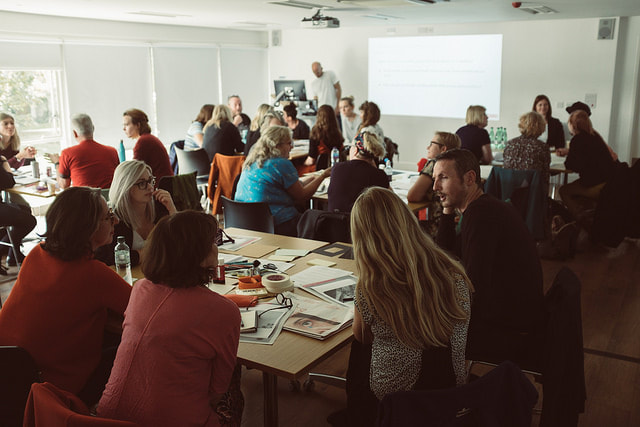
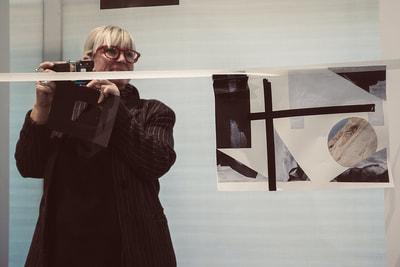

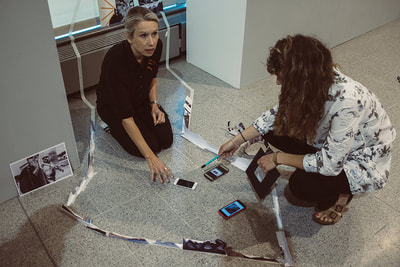
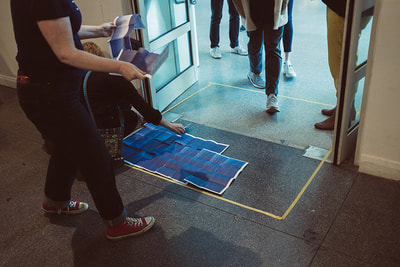
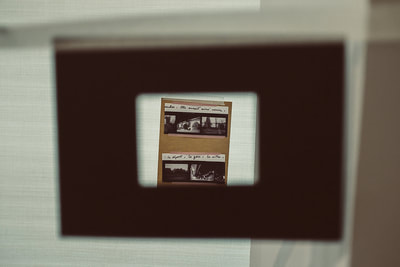
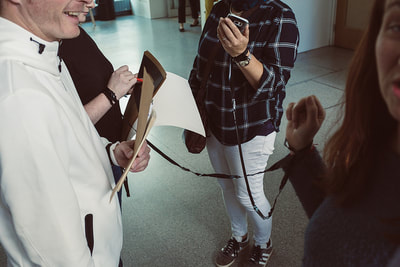
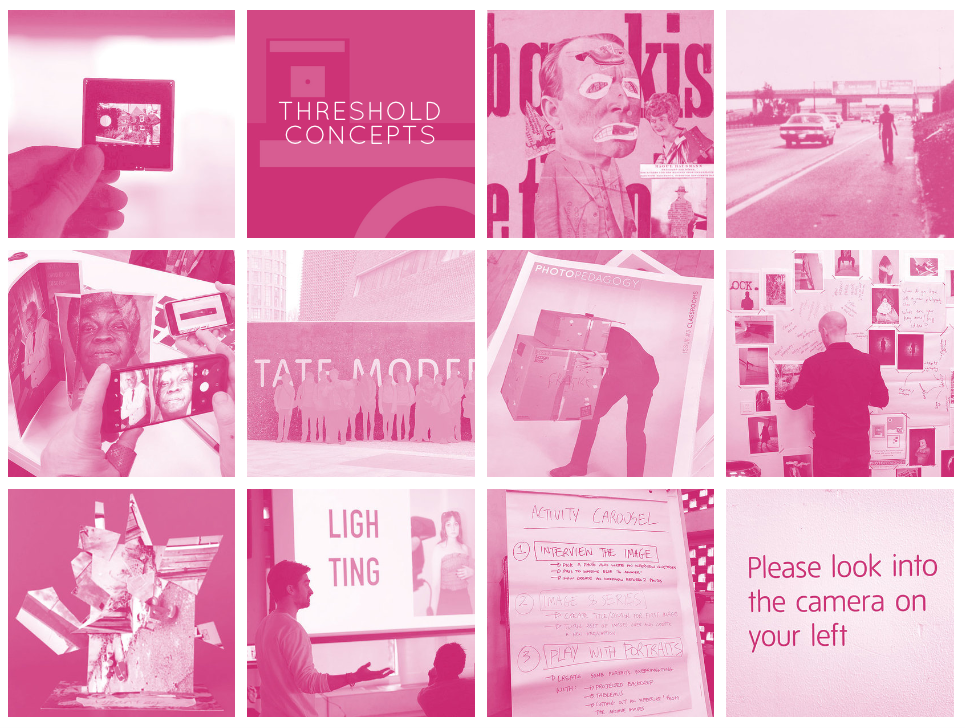
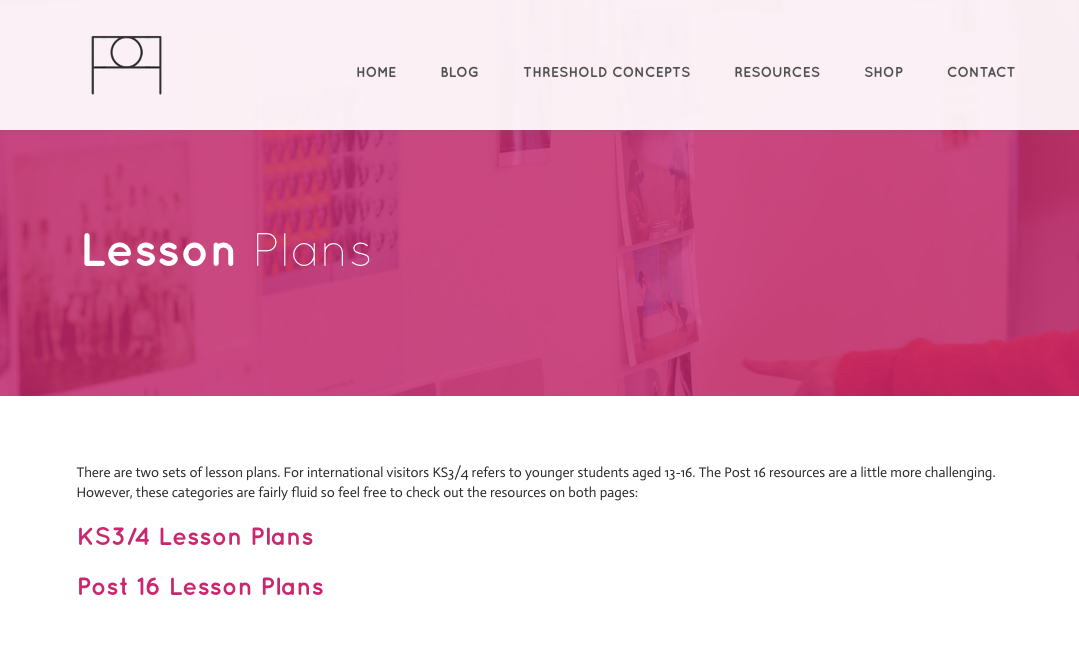
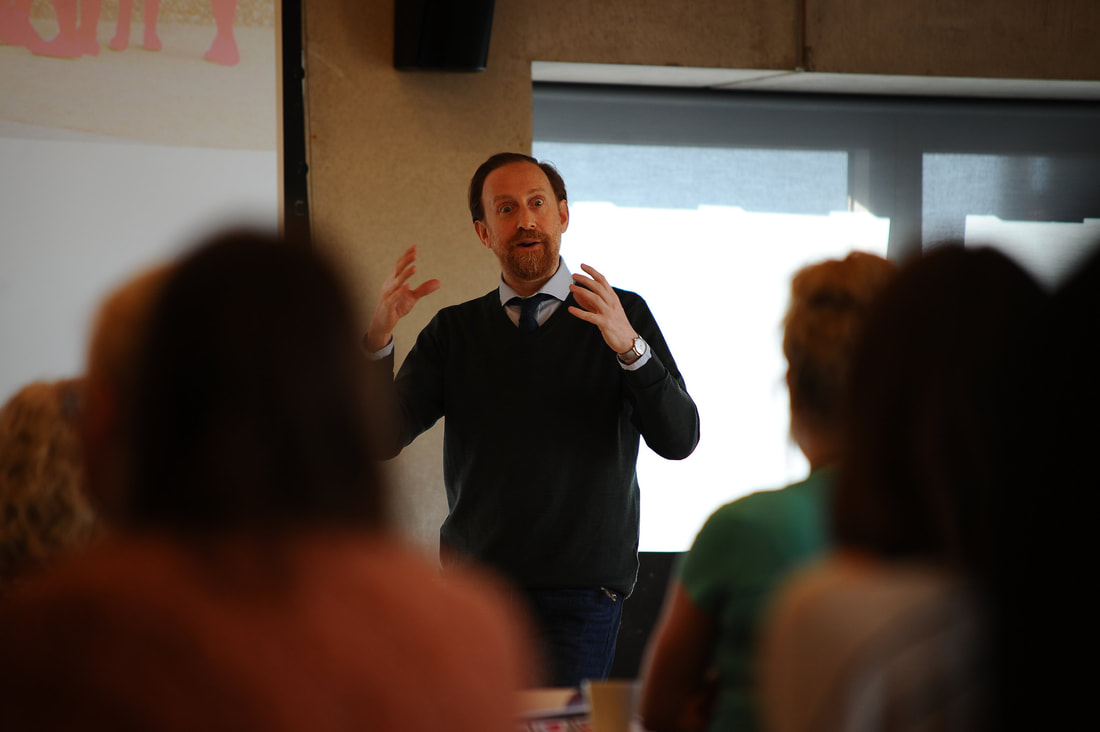
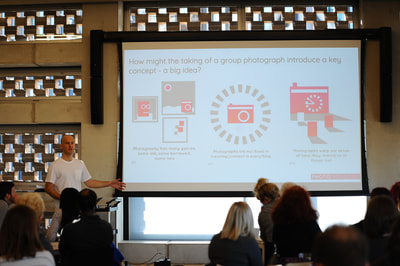
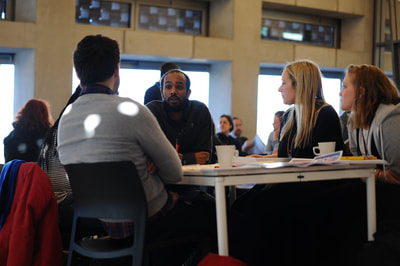
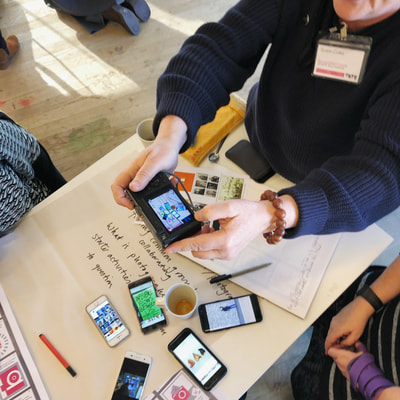
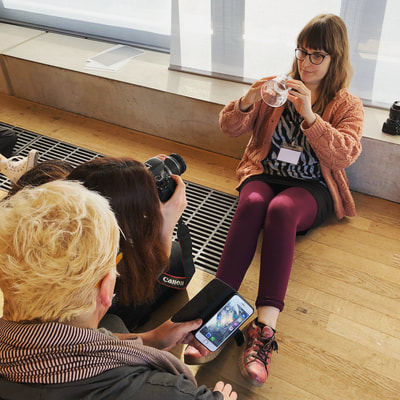
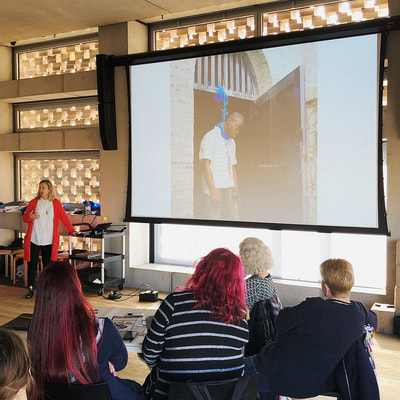
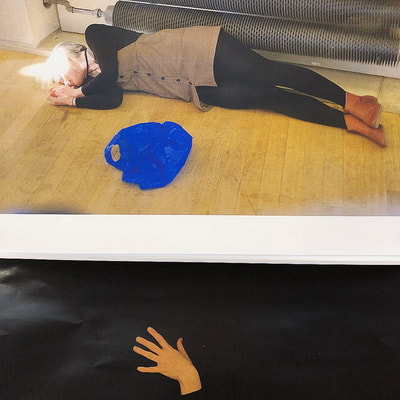
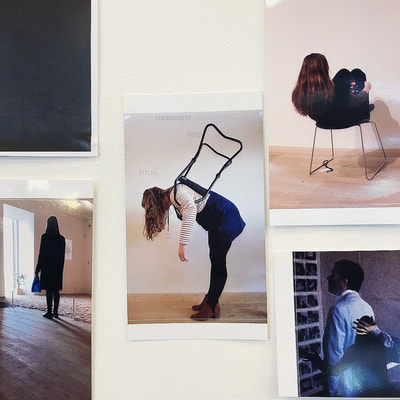
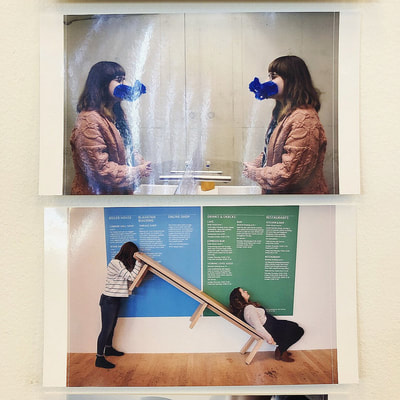
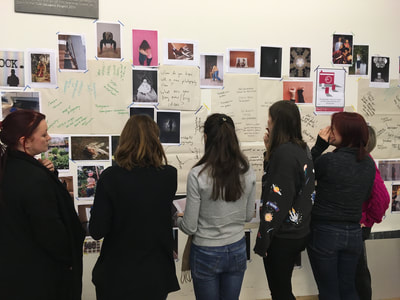
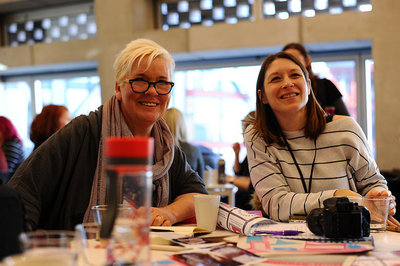
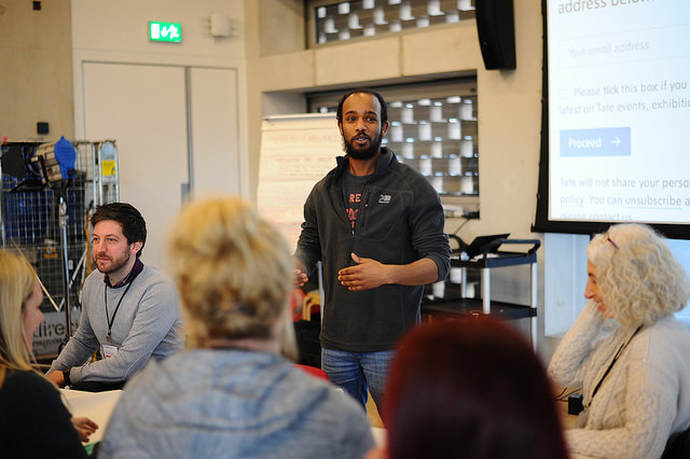

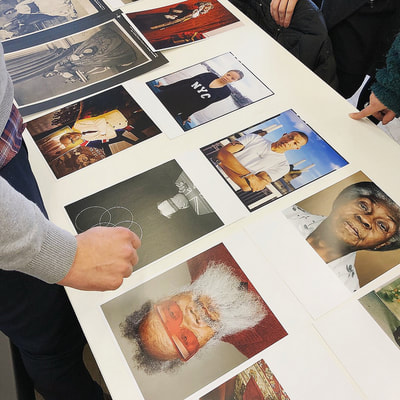
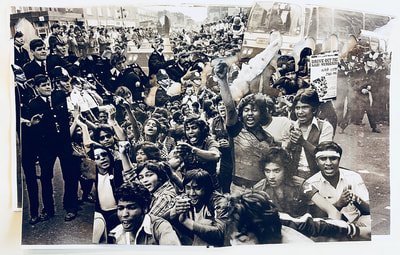
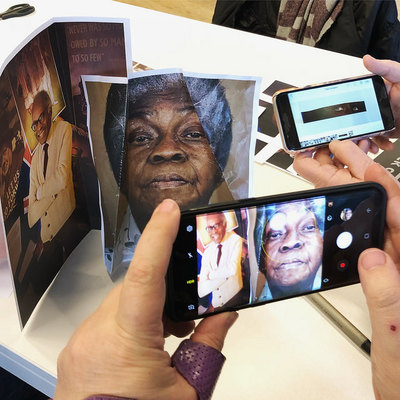
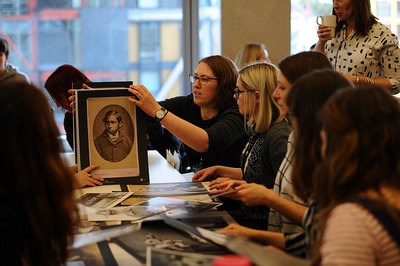
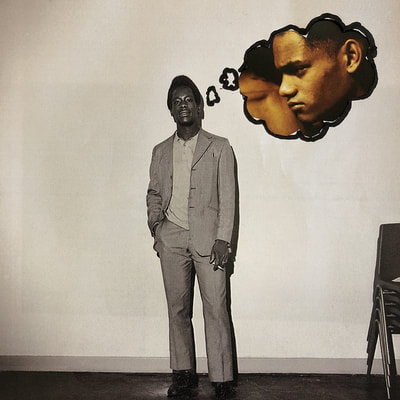
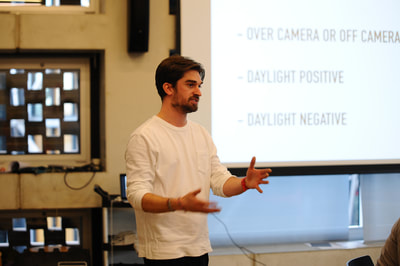
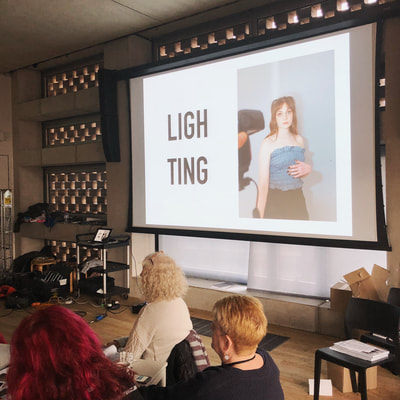
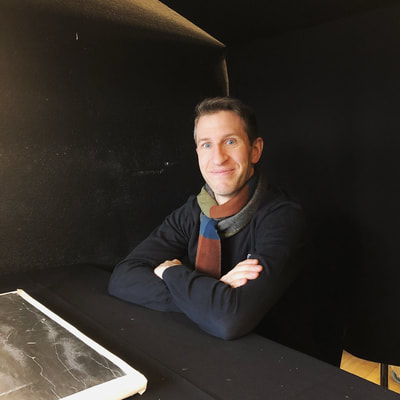
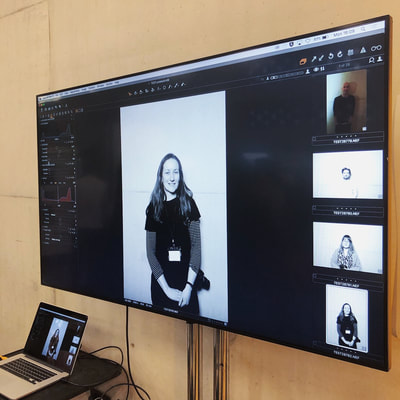
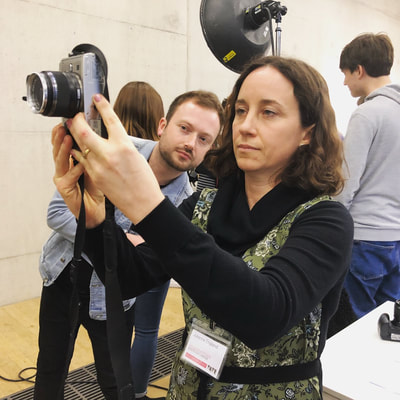
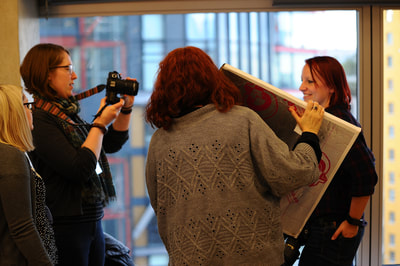
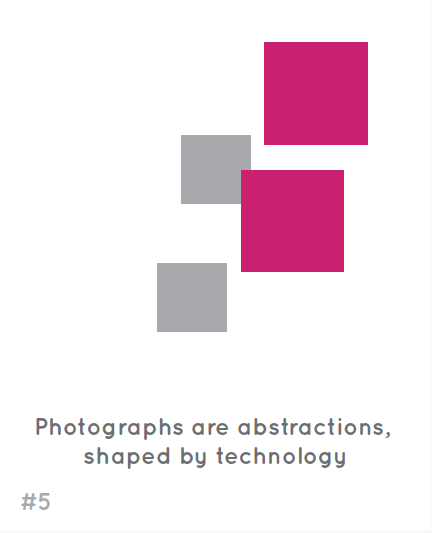
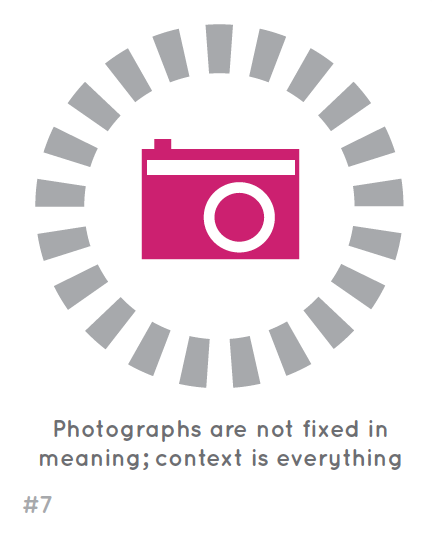
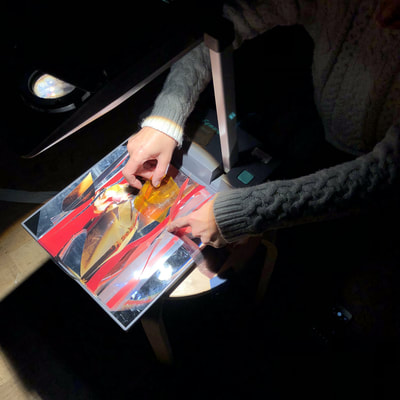
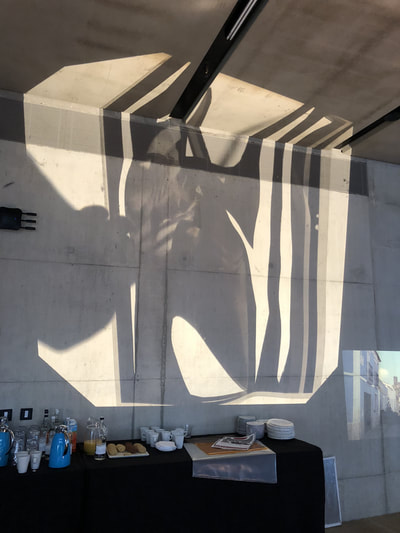
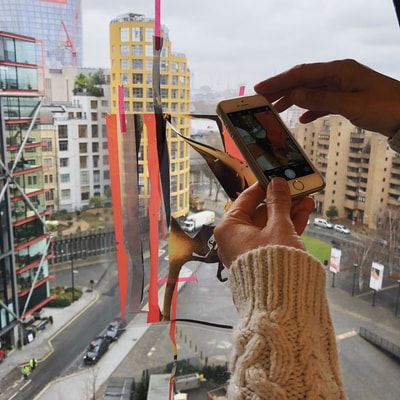

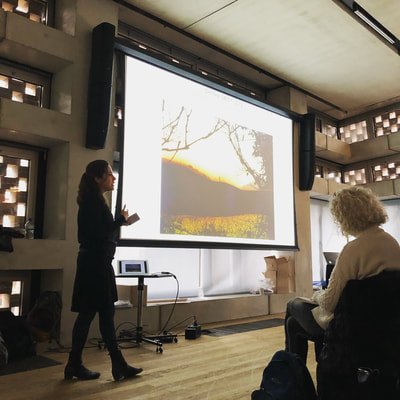
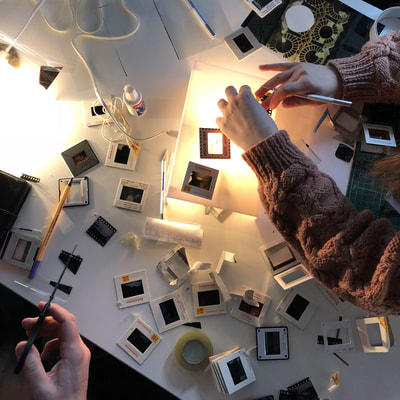
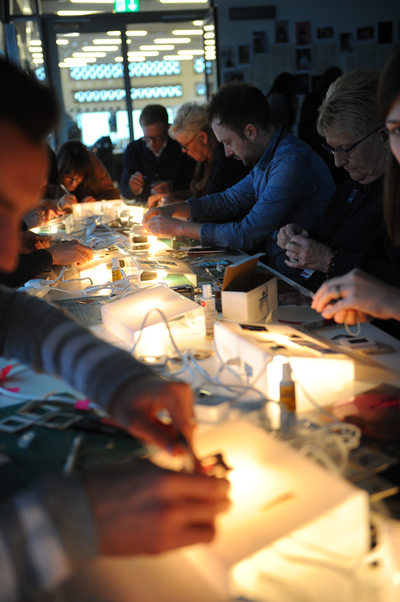
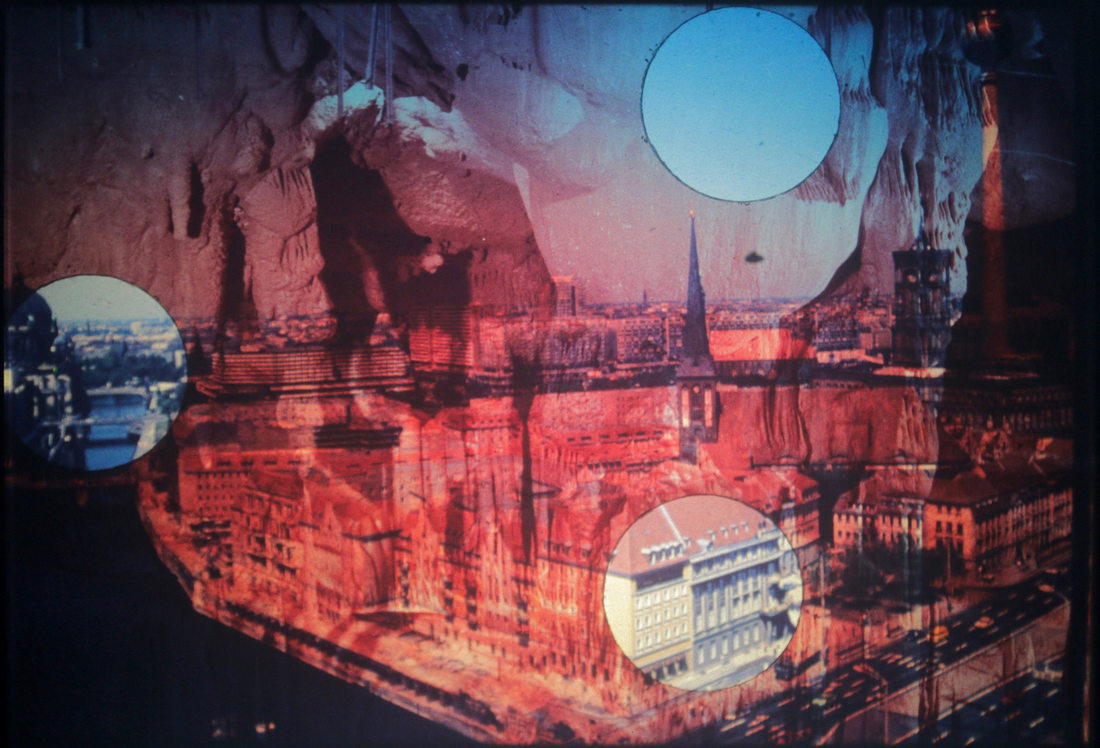
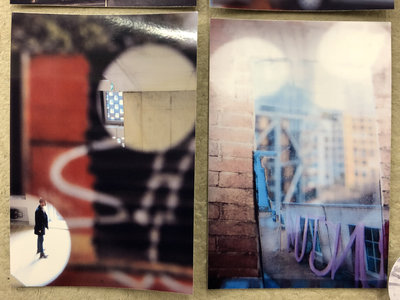
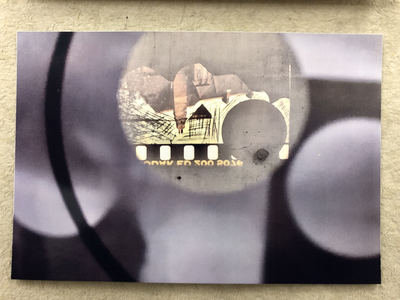

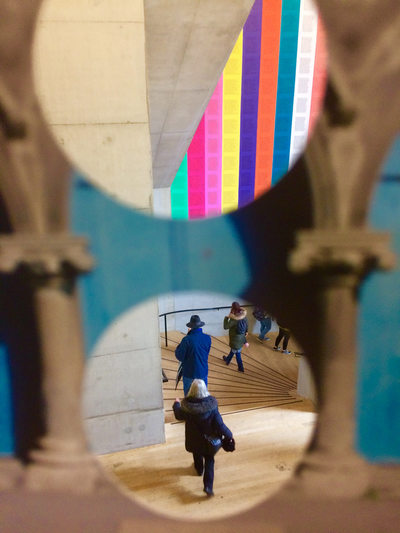
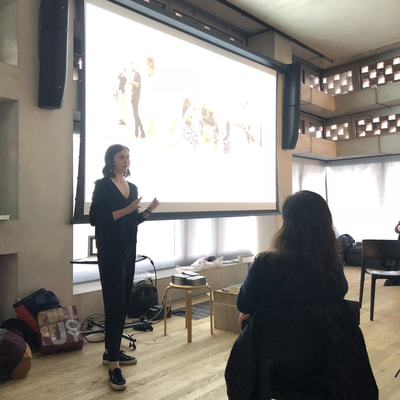
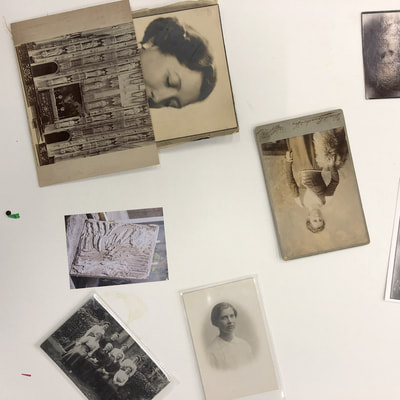
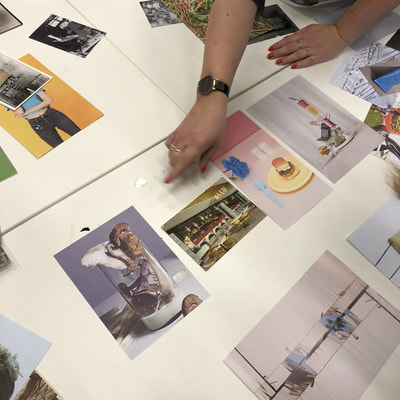
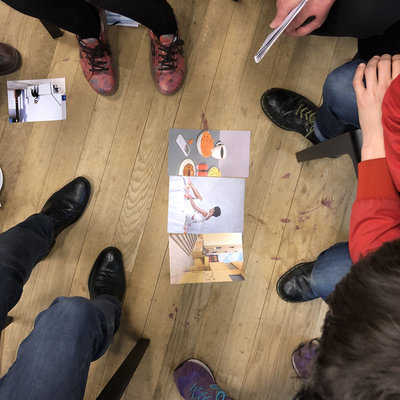
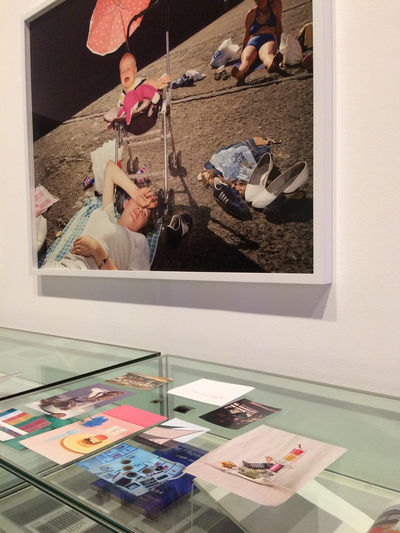
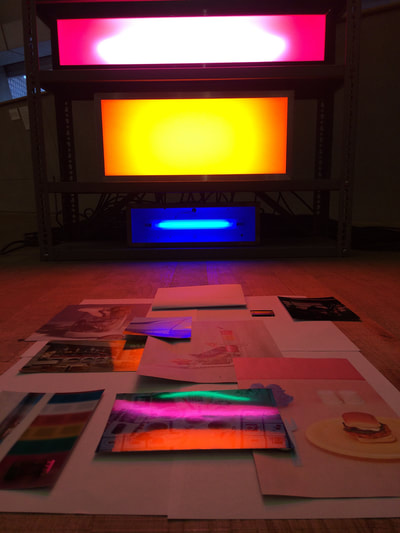
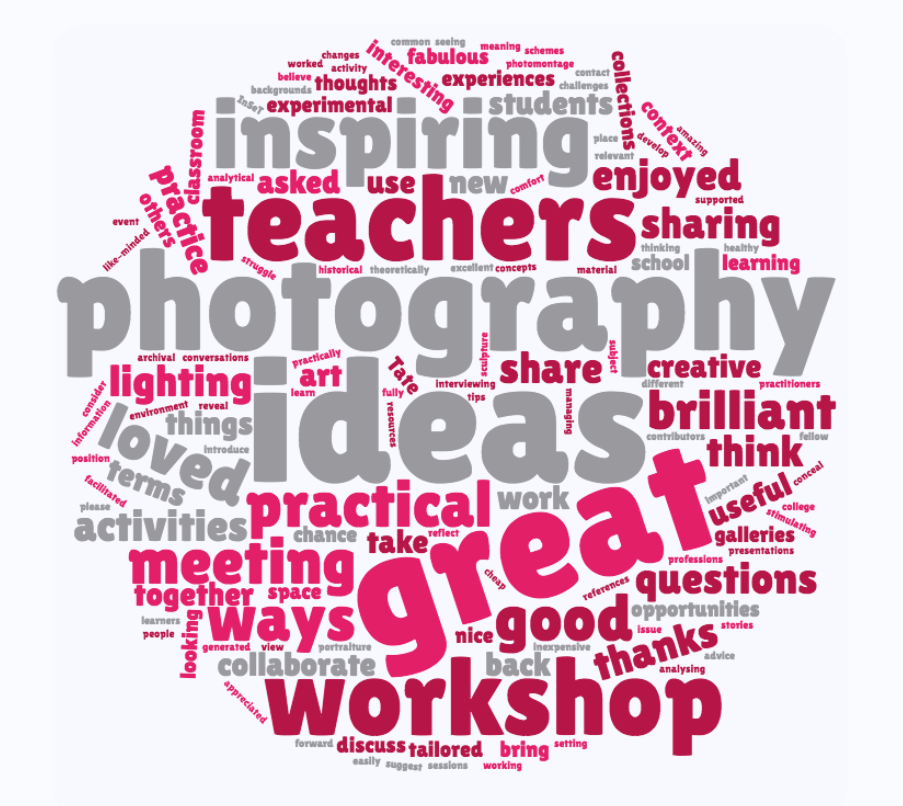
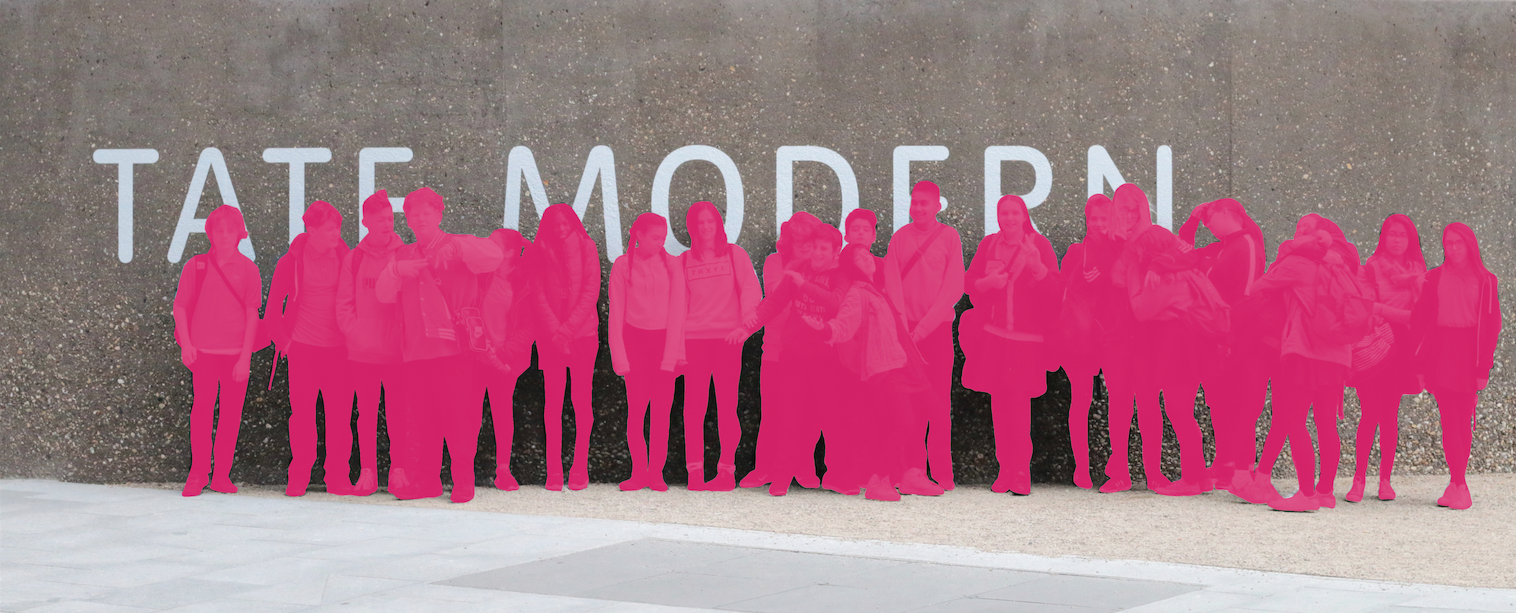
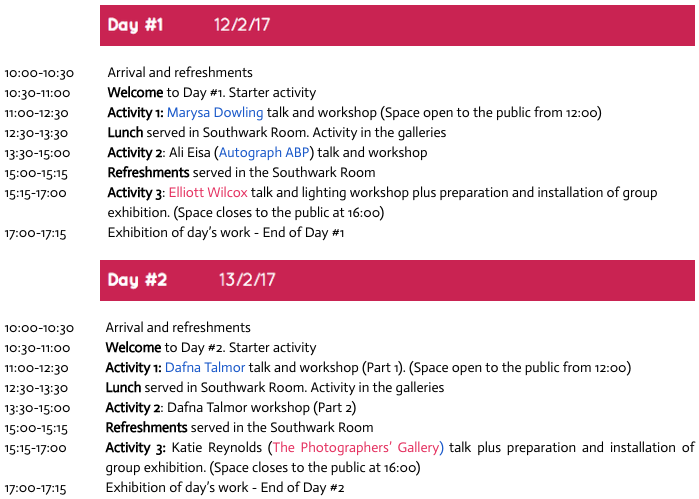
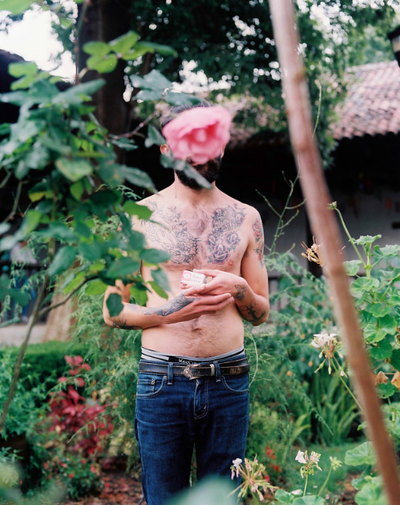

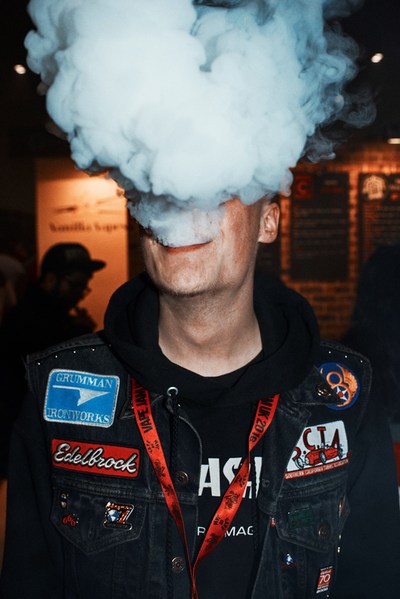
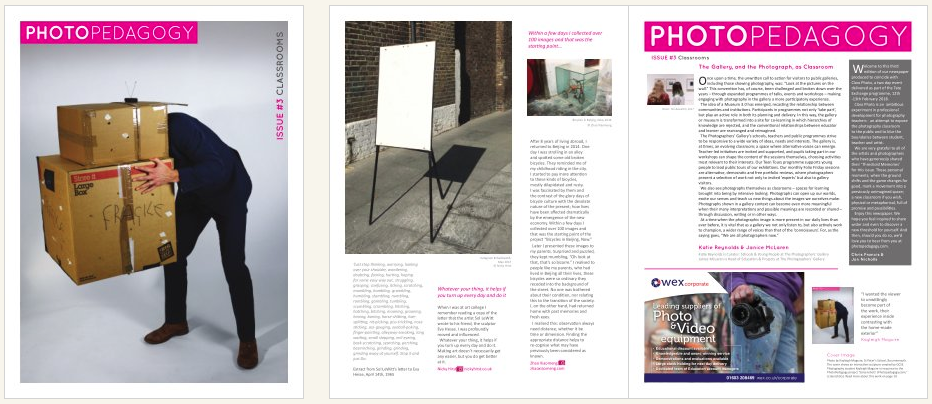
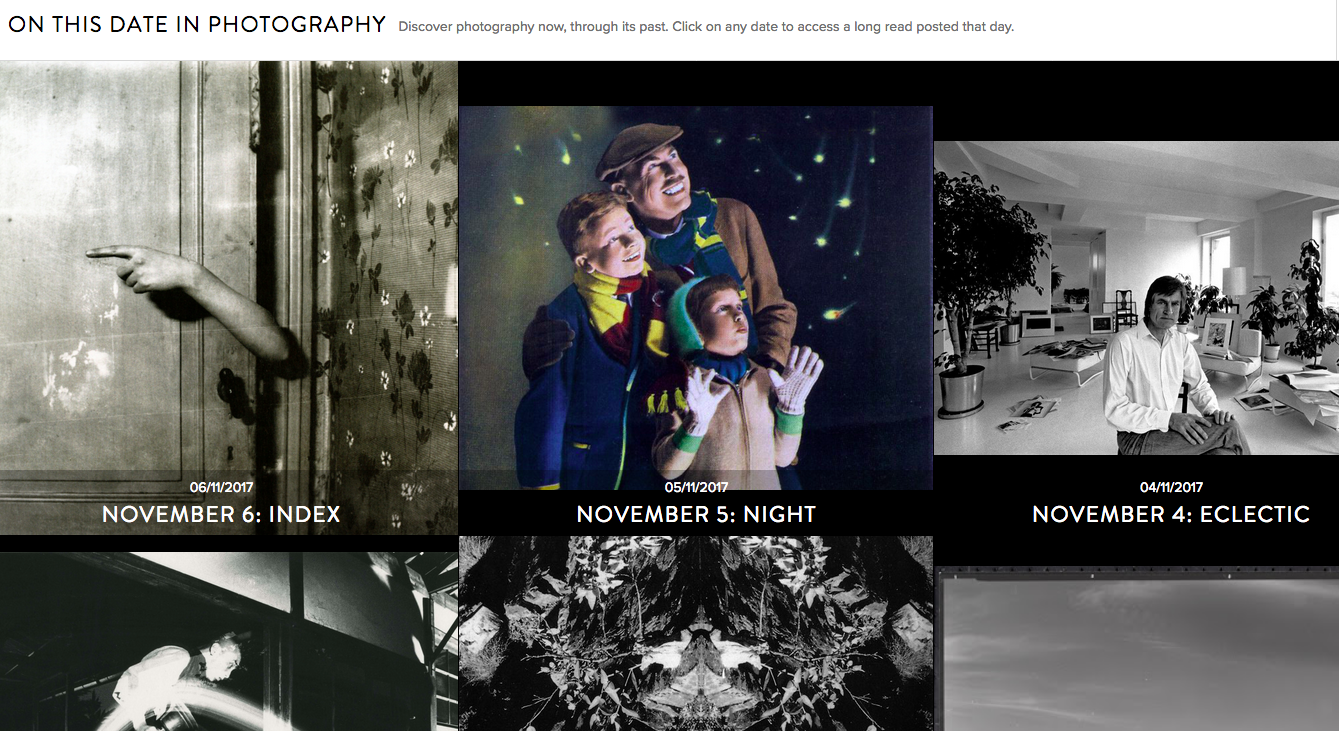
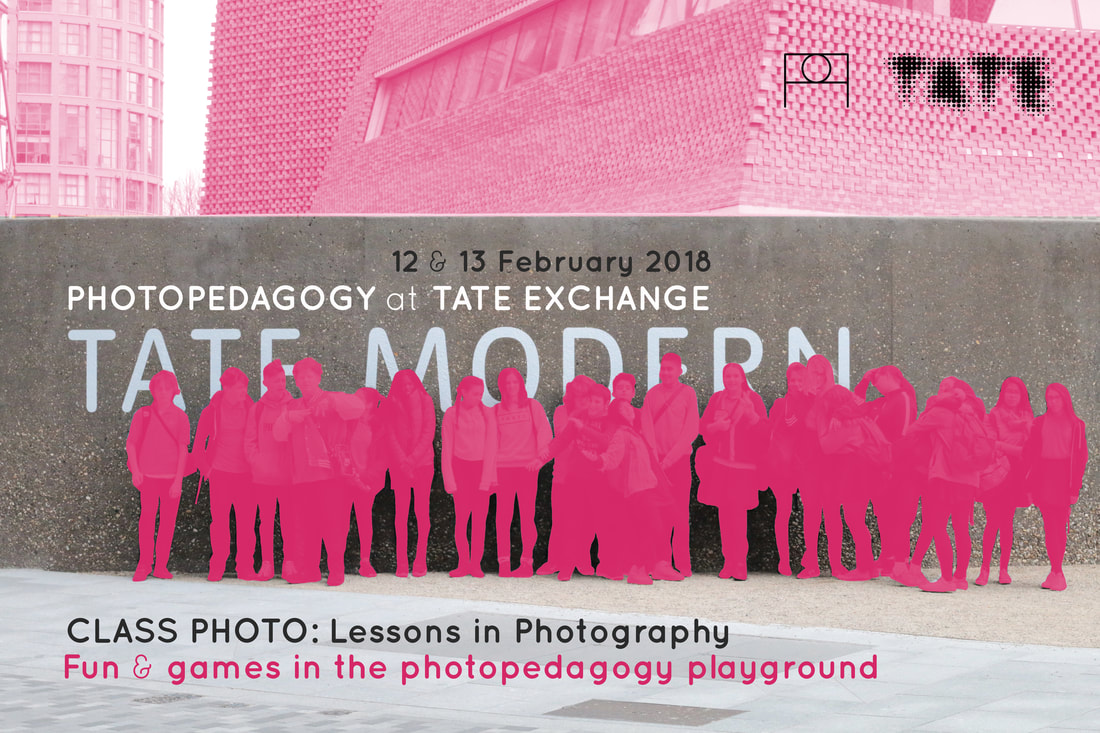
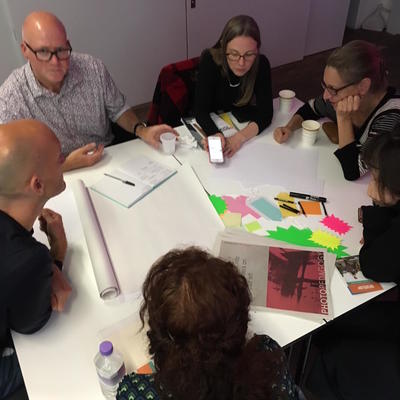
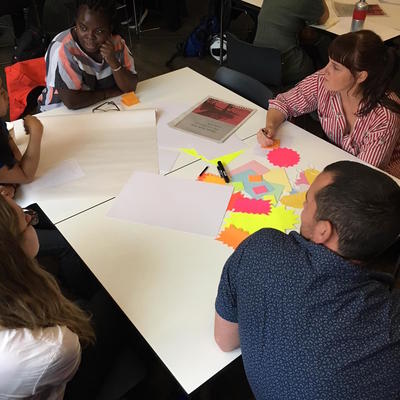
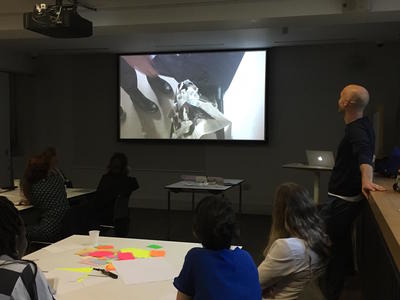
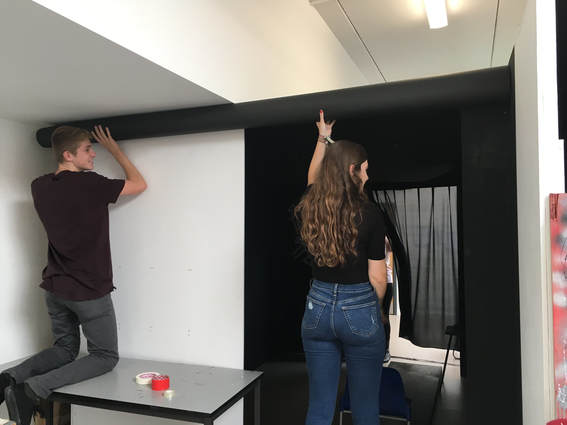
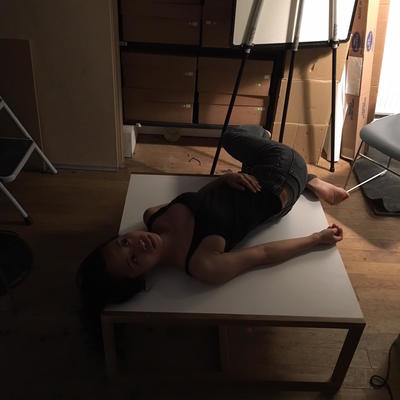
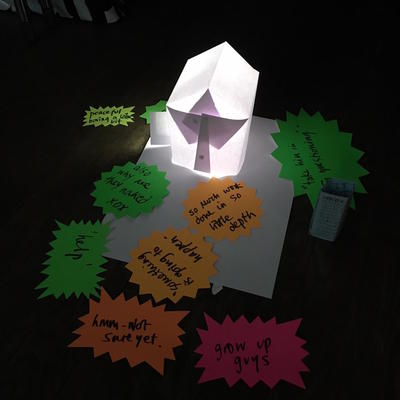

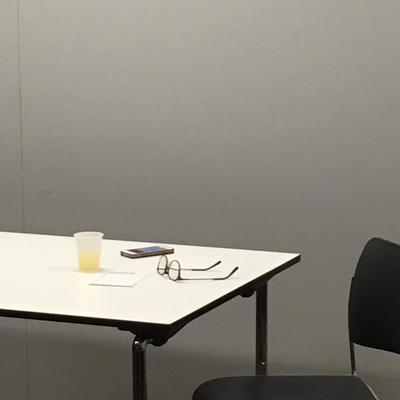
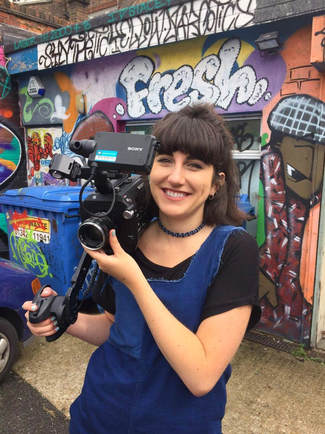
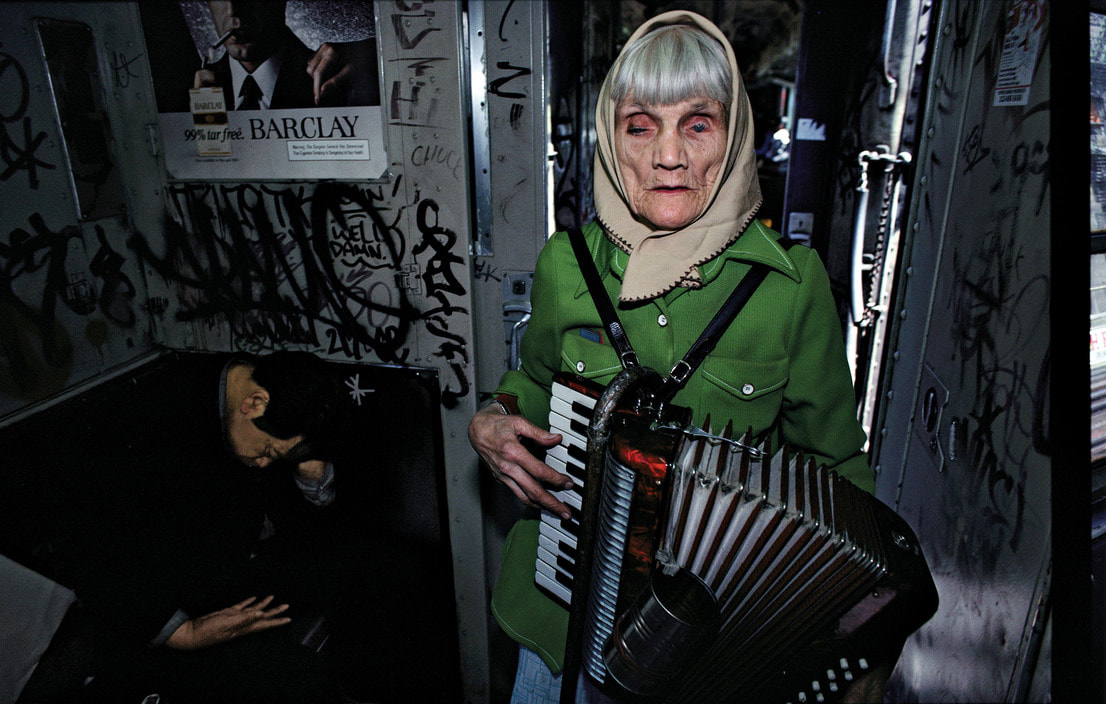
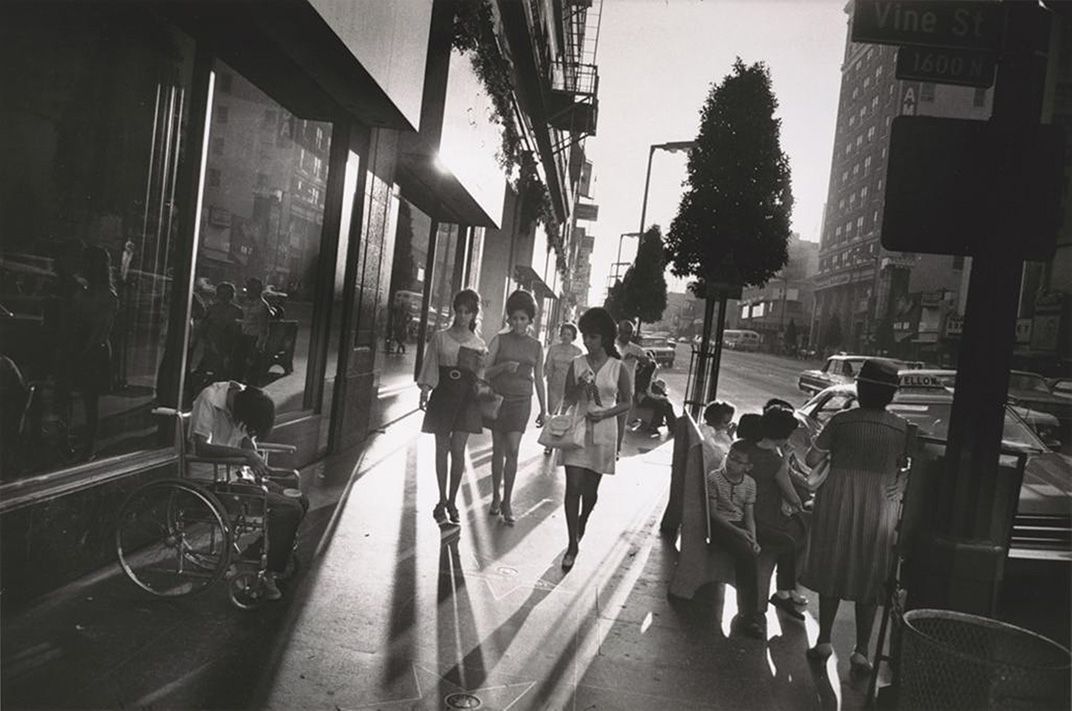
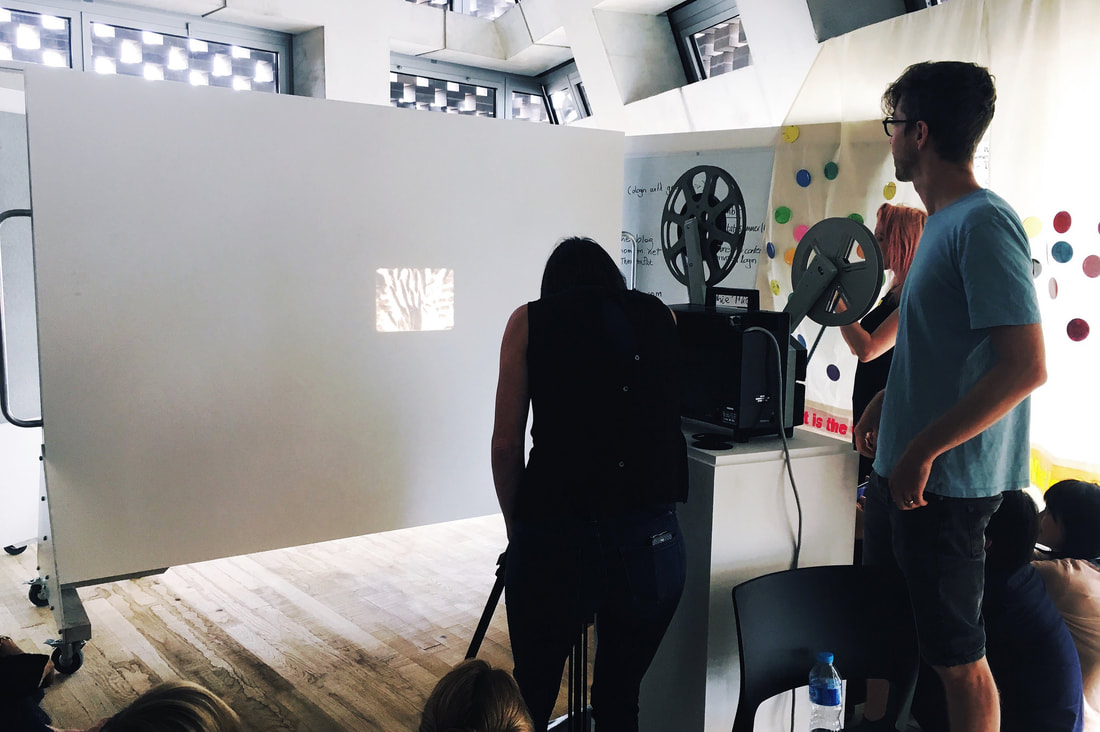

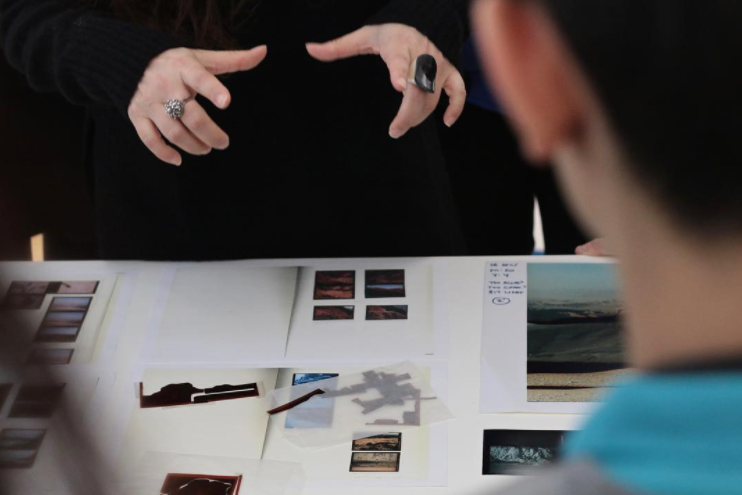

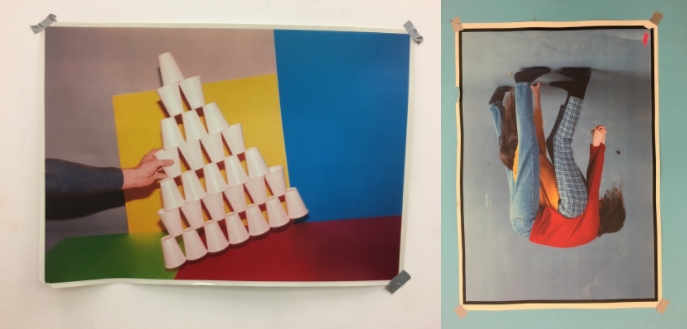

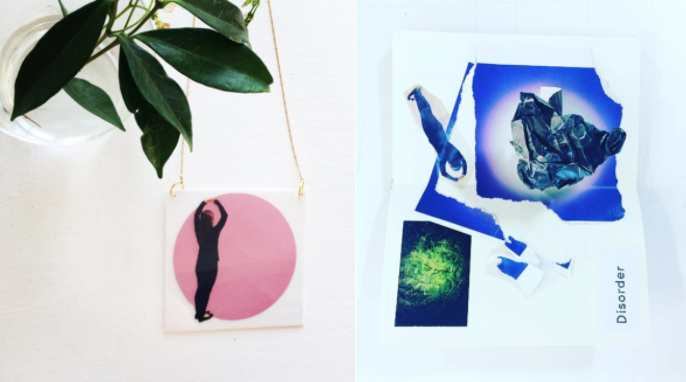

 RSS Feed
RSS Feed